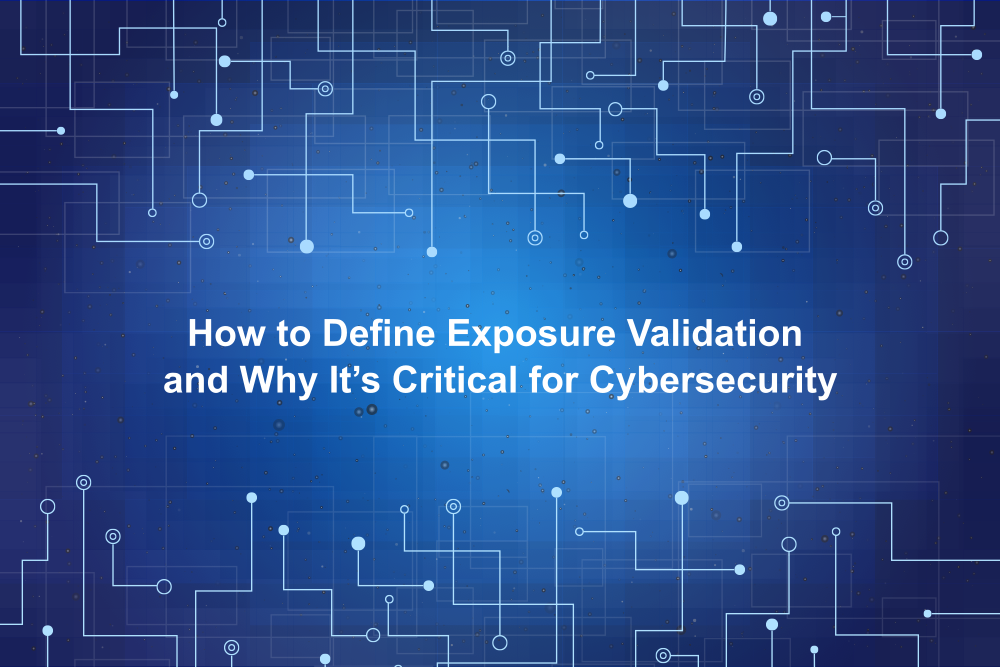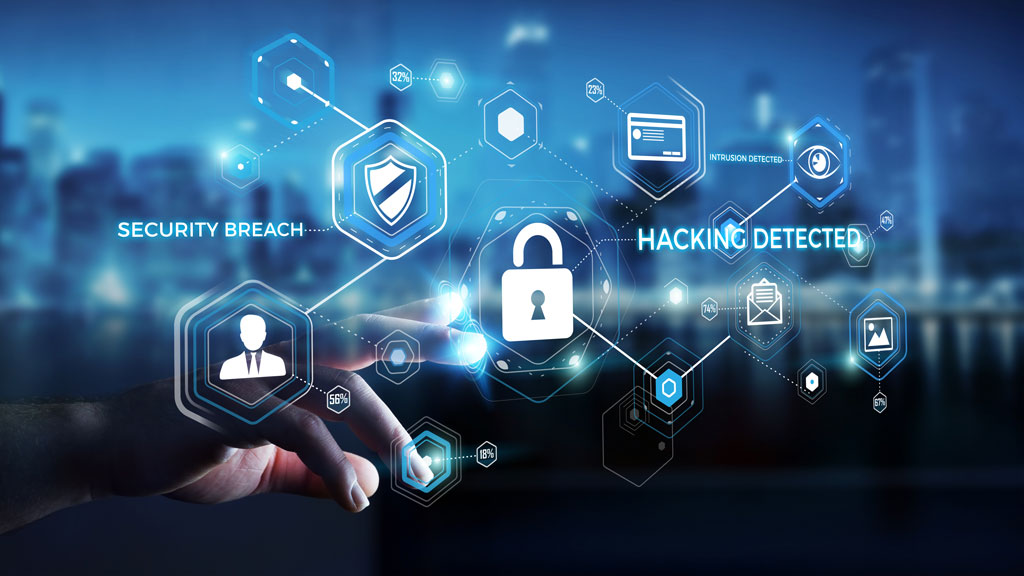In today’s digital landscape, exposure to security risks is growing at an alarming rate, with organizations facing a constant onslaught of new vulnerabilities. As businesses continue to digitize and move their operations online, they expand their attack surfaces, making exposure validation more crucial than ever. But how do you define exposure validation, and why is it so important in reducing the number of security exposures?
What is Exposure Validation?
Exposure validation is a cybersecurity process aimed at identifying, assessing, and confirming vulnerabilities or weaknesses in an organization’s IT infrastructure that could be exploited by cybercriminals. These exposures could be found in various parts of a system, including software, hardware, cloud environments, or network architecture.
The primary objective of exposure validation is to ensure that an organization’s defenses are actively protecting against known vulnerabilities, while also ensuring that new exposures are quickly identified and addressed. Exposure validation typically involves penetration testing, vulnerability scanning, and manual checks to confirm the existence of potential threats. This is a proactive approach that allows businesses to patch weaknesses before attackers can exploit them.
Why is Exposure Validation Needed?
The growing list of cyber exposures is a major concern for enterprises. With the increase in sophisticated attacks and constant advancements in technology, attackers are always finding new ways to exploit vulnerabilities. Exposure validation is needed for several key reasons:
1. Complex IT Environments: As businesses grow, so do their IT systems. Complex architectures involving multiple platforms, cloud services, and applications can result in unnoticed security gaps. Exposure validation helps organizations regularly assess these systems for vulnerabilities and potential breaches.
2. Regulatory Compliance: Exposure validation is often a requirement for many compliance standards, such as GDPR, HIPAA, or PCI DSS. Failing to validate exposures could result in hefty fines, legal issues, or loss of certification.
3. Minimizing Damage from Attacks: The faster you can validate and address an exposure, the less damage a successful attack can cause. Exposure validation helps prevent attackers from taking advantage of existing vulnerabilities by providing a continuous check on the organization’s security posture.
4. Preventing Financial Loss: Cyberattacks that exploit exposures can result in massive financial losses due to downtime, data theft, or intellectual property loss. Exposure validation helps minimize these risks by ensuring vulnerabilities are addressed before they lead to breaches.
5. Reputation Protection: Data breaches and cyberattacks can seriously damage an organization’s reputation. Exposure validation demonstrates to customers and partners that the organization is committed to maintaining the highest levels of cybersecurity, enhancing trust and credibility.
Steps to Perform Exposure Validation
The process of exposure validation generally follows these steps:
1. Identify the Exposures: The first step in exposure validation is to identify all the potential exposures within your infrastructure. This can be done through vulnerability scans, penetration testing, and manual auditing of systems.
2. Assess the Risk: Once the exposures are identified, the next step is to assess the risk each one poses to the organization. Not all exposures are created equal, and some may be more critical to address than others. Risk assessment typically involves analyzing the impact a breach would have and the likelihood of it occurring.
3. Validate the Exposure: Validation involves confirming that the identified exposure is real and that it could indeed be exploited. This is done by attempting to replicate the conditions that could lead to an attack. If validation is successful, the organization should move quickly to mitigate the risk.
4. Patch and Mitigate: Once an exposure is validated, it’s time to take action. Depending on the nature of the exposure, this could involve patching software, reconfiguring firewalls, updating security protocols, or taking other steps to close the security gap.
5. Continuous Monitoring: Exposure validation is not a one-time process. To ensure ongoing protection, continuous monitoring and regular testing are necessary to address new exposures that may arise as the IT environment changes.
How Exposure Validation Cuts Down the Growing List of Exposures
With new vulnerabilities emerging daily, it’s easy for an organization’s exposure list to spiral out of control. Exposure validation helps cut down this growing list by:
– Prioritizing Threats: By assessing the risk level of each exposure, organizations can prioritize the most critical vulnerabilities, addressing the highest risks first.
– Real-Time Monitoring: Continuous monitoring ensures that new exposures are quickly identified and validated, reducing the time attackers have to exploit vulnerabilities.
– Targeted Solutions: Exposure validation identifies the most effective solutions to fix vulnerabilities, ensuring that businesses aren’t wasting resources on ineffective patches.
Conclusion
Exposure validation is a critical step in maintaining a secure and resilient IT environment. As the number of cyber exposures continues to rise, validating vulnerabilities quickly and efficiently helps organizations stay ahead of attackers and protect their systems. By regularly validating exposures, businesses can significantly cut down their risk, ensuring long-term security and compliance with industry standards.
Click banner below to request demo Security Validation Platform






